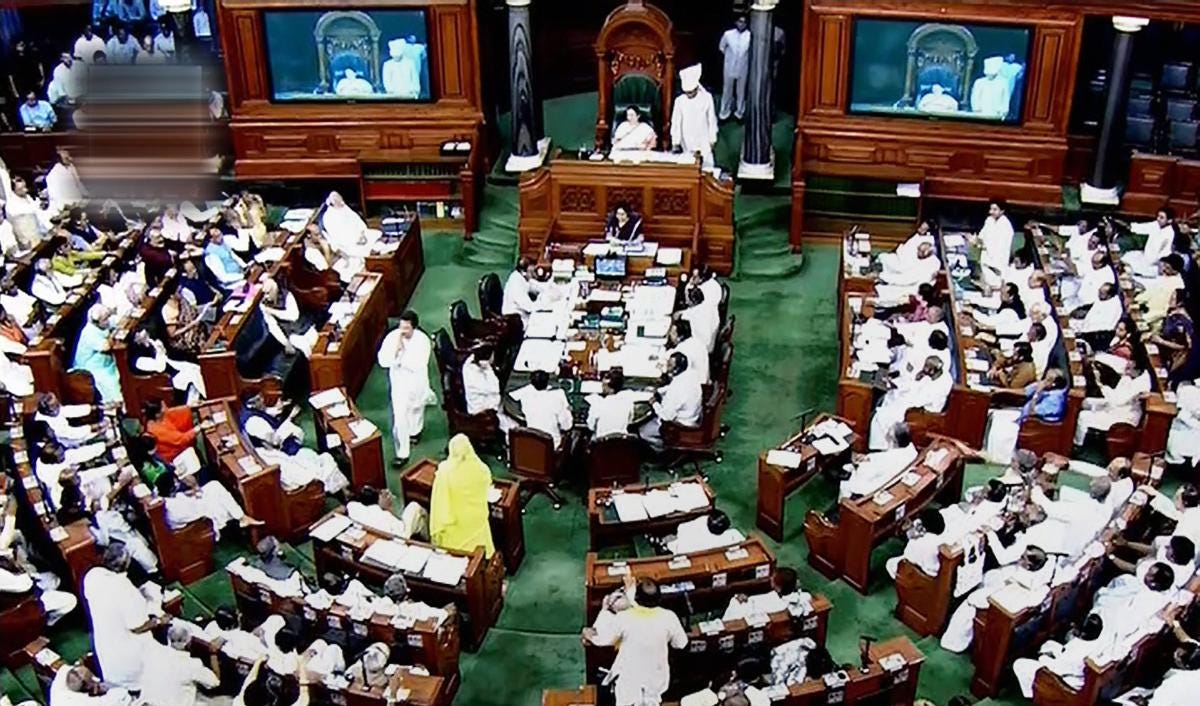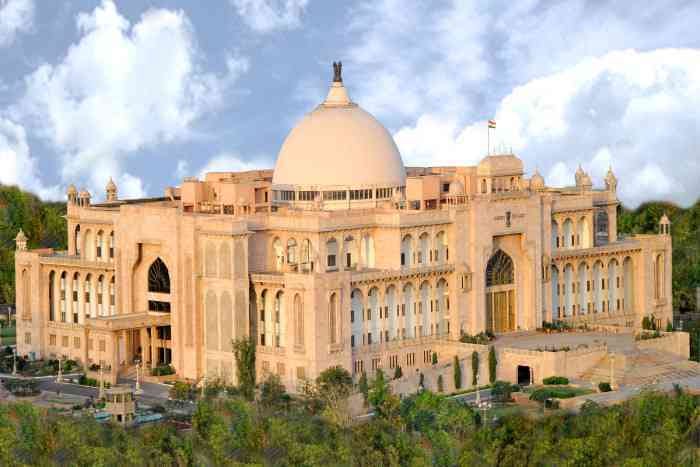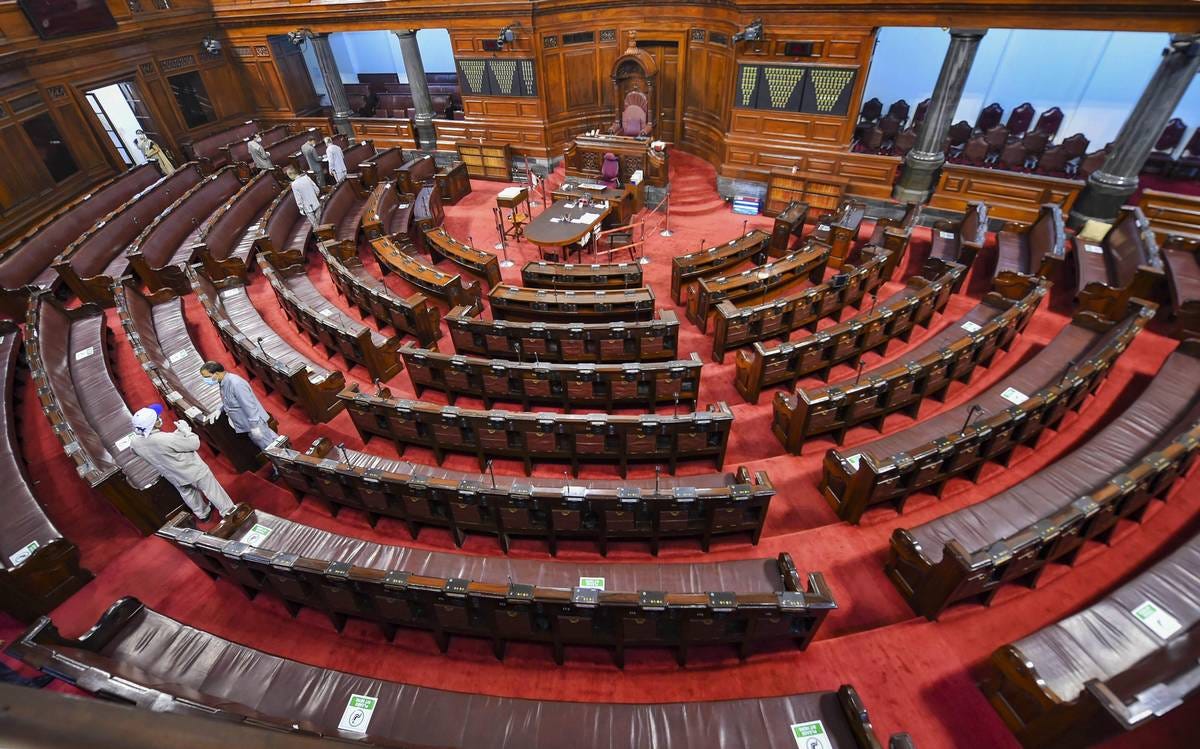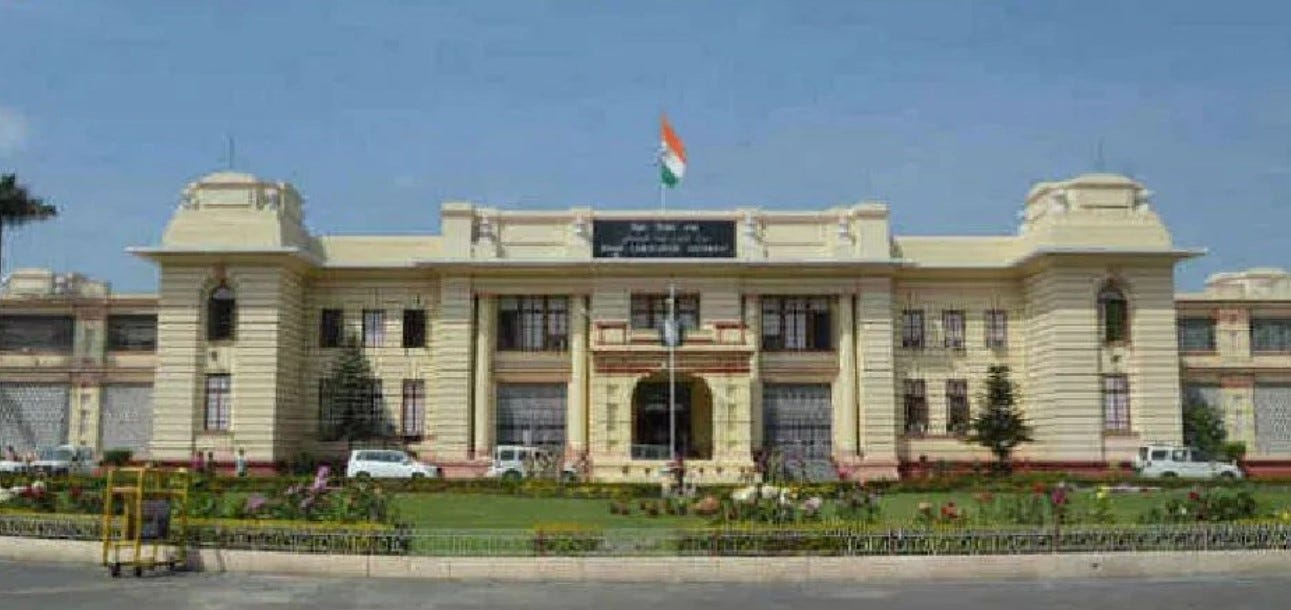Is the Election System in India very complex?
19 Sep 2020Article also published in Medium.
There are two words that resonate in the ears of every Indian citizen: Lok Sabha & Rajya Sabha. After every five years, Indians place their trust in their elected representatives to bring out the best from the citizens and guide the country in the right direction.
In the 2019 general elections, the voter turnout was around 67% which is almost equal to a population of 61 crore people. Electoral literacy is an important concern that is usually ignored. Many people in the country are still unaware of the mechanism of functioning of various political bodies in the country. When it comes to elections, all we know is to cast a ‘vote’.
I believe there is a lot to gain when one knows the way the political system of the country works. After all, it took years of blood, sweat, and time to bring the entire system into existence. We can spare some time to understand it :) .
And trust me it’s very simple!
Indian political system follows the Bicameral Legislature which in simple words means that having two separate assemblies or houses.
-
The houses in the center are Lok Sabha and Rajya Sabha.
-
The houses in the state are Vidhan Sabha and Vidhan Parishad.
Lok Sabha (House of people)
Our country has 28 states and 8 union territories. The Lok Sabha elections are held in the country once every five years, following the Universal Adult Suffrage (right to vote for those above 18 years of age). The main duty of the Lok Sabha is:
-
To pass laws in the country.
-
Ensure that the government is functioning properly.
Lok Sabha is the place where all the debates and decisions are made at the central level to help in the progress of the country.
Now, before elections, every state is allotted a certain number of constituencies which is decided by the Delimitation Commission.
Visit here to know more about Delimitation Commission :)
A constituency is also called an electoral district. During the election season, there are representatives from various political parties who compete with each other for the constituency seat in the state.
This is the time when the battle of promises starts and the one who can win the trust of the people certainly increases his/her probability of winning. One can secure maximum votes in the constituency wins a ticket to Lok Sabha.
This way various political party members compete with one another throughout the country in their constituencies. This way the seats of Lok Sabha are filled with the representatives elected by the people.
The ones who secure their seats in Lok Sabha are called the Member of Parliament or MP. As Lok Sabha is the lower house in the Parliament. There are currently 543+2 seats in Lok Sabha. The two seats are for the Anglo-Indian community, meaning those having mixed British & Indian ancestry. Though the maximum seating capacity is for 552 members.
The party which is in majority in Lok Sabha (i.e which is holding more than 50 percent of seats or 272 seats in Lok Sabha) forms the central government and the Prime Minister is usually chosen among the elected MP’s in Lok Sabha.
In case no party is able to form a majority, this may lead to the formation of a Coalition Government.
Also, it is important to know that the Lok Sabha assembly can be dissolved earlier by the President on the advice of the Prime Minister or if the President feels that no viable government can be formed after the resignation.
 Lok Sabha (Source: Decan Herald )
Lok Sabha (Source: Decan Herald )
Vidhan Sabha (Legislative Assembly)
Just like the legislative body in the center is Lok Sabha, the legislative body in states is known as the Legislative Assembly or the Vidhan Sabha.
Vidhan Sabha represents the interests of the people of the state. It handles the state-related affairs.
It is the lower house in the state legislature. One who wins a seat in the State Legislative Assembly is known as a Member of Legislative Assembly or MLA.
Every state has its own Vidhan Sabha with a maximum size outlined in the Constitution of India not more than 500 members and not less than 60. For example, Uttar Pradesh has the highest number of MLA’s which is more than 400.
In the case of the Lok Sabha elections, the entire election process happens at the same time throughout the country in every state. But in the case of Vidhan Sabha elections, the dates may vary depending from state to state and even here the elections are held once every 5 years.
The party which is in majority in Vidhan Sabha of a state (i.e which is holding more than 50 percent of seats) forms the state government and the Chief Minister is usually chosen among the elected MLA’s in Vidhan Sabha with the help of the Governor of the state.
 Rajasthan Vidhan Sabha (Source: Patrika)
Rajasthan Vidhan Sabha (Source: Patrika)
Rajya Sabha (House of States)
It is the upper house in Parliament. Unlike Lok Sabha which can be dissolved, Rajya Sabha plays certain roles as a permanent house.
The main duty of the Rajya Sabha is:
-
To reconsider bills that are passed by the Lok Sabha.
-
To offer a degree of continuity in the underlying policies of laws.
Now the question arises how are members elected in Rajya Sabha?
Well, they are elected from the Vidhan Sabha of different states of the country. The MLA’s vote for the members who would be part of Rajya Sabha through voting. It’s important to note that, the voting system is slightly different from the usual voting. It’s also called proportional representation/ single transferable vote.
The ones who secure their seats in Rajya Sabha are also called the Member of Parliament or MP. There are 238+12 seats in Rajya Sabha representing all the states and Union Territories. The 12 members are nominated by the President.
Also, the membership to the Rajya Sabha is permanent for a term of 6 years and cannot be dissolved at any time, unlike Lok Sabha. One-third of members of the Rajya Sabha retire after every second year.
 Rajya Sabha (Source: The Hindu)
Rajya Sabha (Source: The Hindu)
Vidhan Parishad (Legislative Council)
It is the upper house in the state legislature. Legislative Council members are elected for a term of 6 years. Only 6 states in India have Legislative Council — Andhra Pradesh, Bihar, Karnataka, Maharashtra, Telangana, and Uttar Pradesh.
Vidhan Parishad is a permanent house for the State (just like Rajya Sabha in the center). It consists of only 100 members from all 6 states. The number of members in the Legislative Council should be one-third of the total number of members in the Legislative Assembly of the State. Also, it’s important to note that the Chief Minister can be chosen from M.L.C of that state as well.
The members of the Vidhan Sabha comprise of people elected through five different constituencies :
-
One-third of them are elected by representatives of the Local Authorities (like Municipalities, Zilla Parishads, etc.)
-
One-third of them are elected by members of the Legislative Assembly.
-
One-twelfth of them are elected by the Graduates in the state.
-
One-twelfth of them are elected by the Teachers in the state.
-
The remaining members are nominated by the Governor who have special knowledge in the field of science, art, social service, etc.
 Bihar Vidhan Parishad (Source: Zee News)
Bihar Vidhan Parishad (Source: Zee News)
Some other info that you may find useful :
-
The President of India is elected by the members of the electoral college. [The electoral college consists of the elected members (MP’s) of both the Houses of Parliament and the elected members of the Legislative Assemblies of States (MLA’s) and the Union Territories of Delhi and Pondicherry.]
-
The Governor of a State is appointed by the President for a term of five years. The governor oversees the functions of the executive branch of government.
-
The Council of Ministers on the state level are appointed by the Governor on the advice of the Chief Minister.
-
A person cannot be a member of both Vidhan Sabha and Vidhan Parishad at the same time.
-
The speaker of Lok Sabha is chosen among the presiding MP’s of the lower house from the ruling party.
-
The speaker of Rajya Sabha is the Vice President of the country.